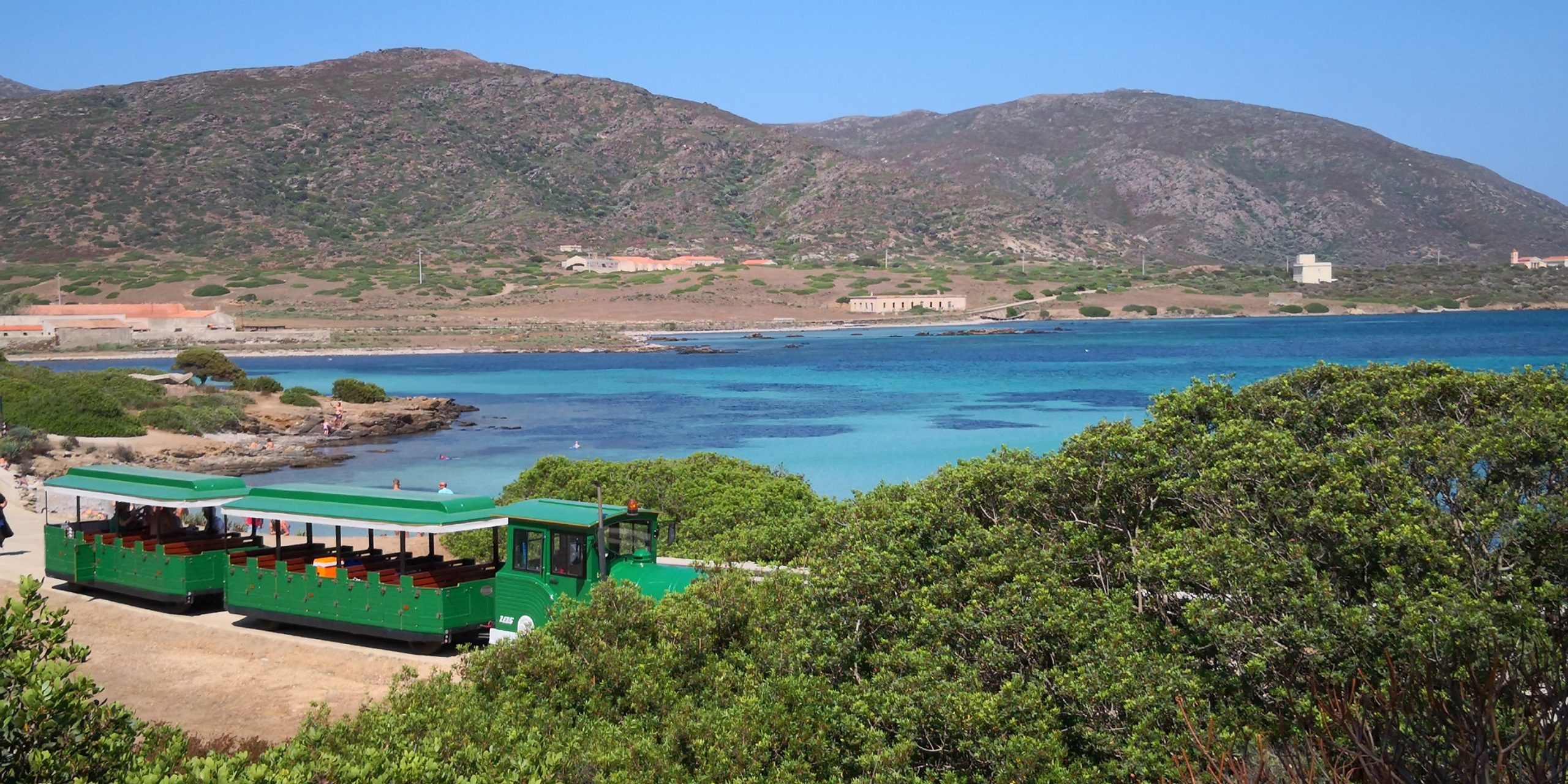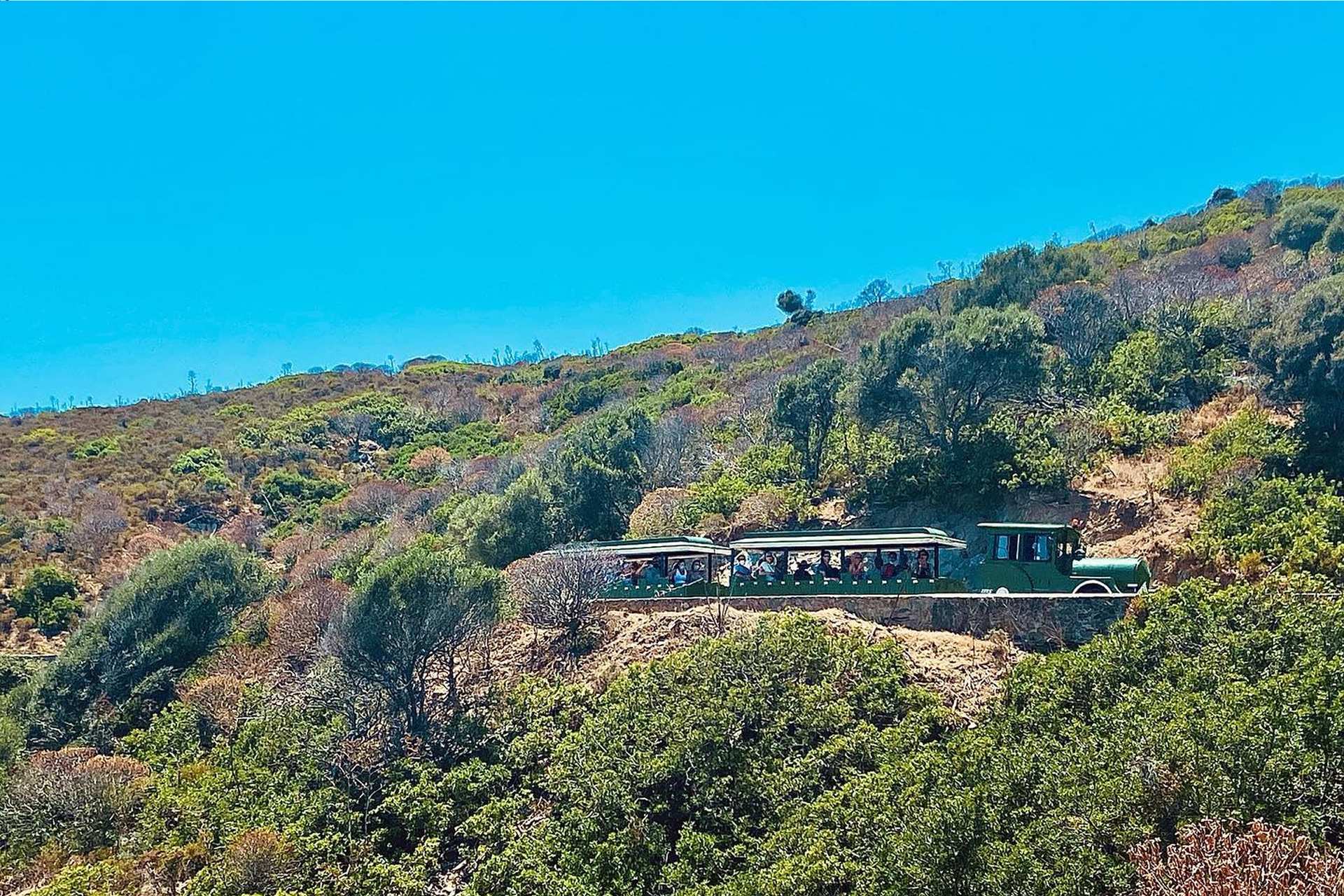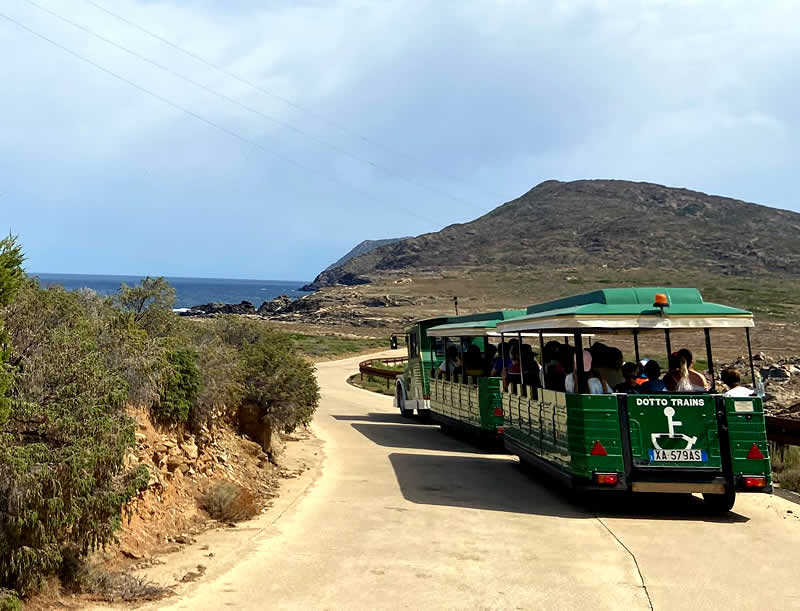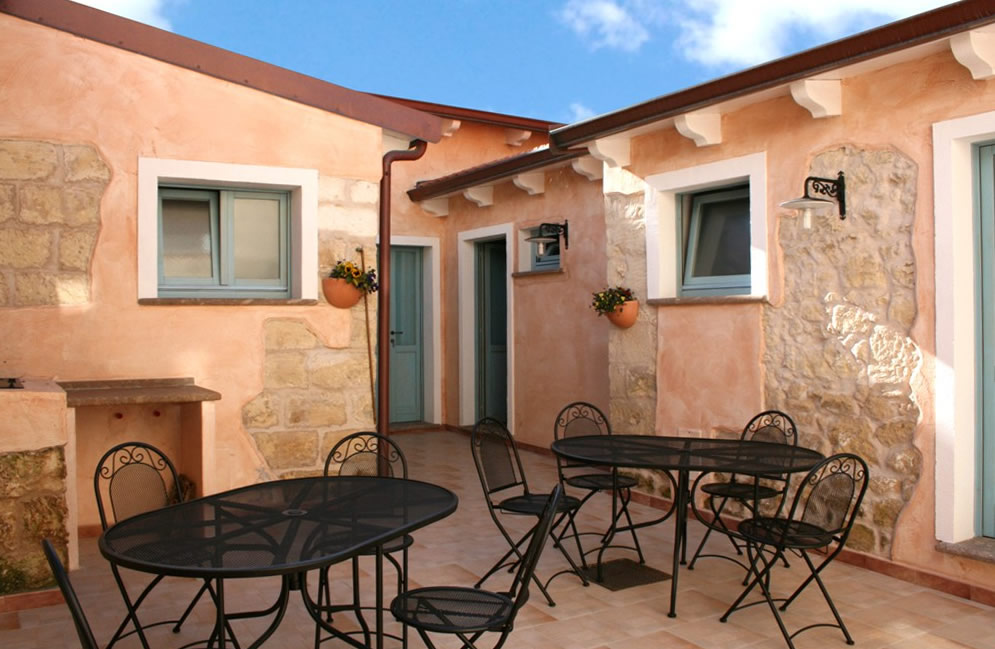The portal on plant biodiversity in the territory of the Asinara National Park consisting of a multilingual guide on the approximately 800 vascular species present in the area, which can be consulted online and in the field via PDAs and mobile phones through the iOS and android mobile operating system.
The project carried out was aimed at deepening the knowledge relating to the flora of the Asinara Island.
In particular, the objectives were two:
1) implement the floristic database of the flora of Italy;
2) produce a computerized floristic database with the aim of building a digital key for the recognition of plant species present on the island of Asinara.
The work, which lasted about a year, was carried out in various phases. In the initial phase, a bibliographic search was conducted on the flora of the island. For this purpose, the most used sources were the flora of Bocchieri (Isola dell’Asinara and its flora, Bocchieri 1988) and “Vegetation and plant landscape of Asinara National Park” (Pisanu et al, 2014). This was followed by a study and consultation phase, carried out at the DIPNET herbarium of the University of Sassari. This phase was conducted in parallel with the field trips in the study area, necessary for the collection and taxonomic determination of the entities of the flora of the island of Asinara. For the determination of the species, Flora of Italy of S. Pignatti and Flora of Sardinia of P.V. were used. Arrigoni, as well as numerous monographs on different genres. For the nomenclature we followed Conti et al., 2005.
The sampling phase was carried out in the time period between April 2014 and April 2015.
Consultations in the herbarium were used to validate bibliographic data, to implement the floristic list and to validate the sampling locations. During the erborizations, photographic material was produced, with particular interest in the systematic characters to be inserted in the keys. Finally, descriptions of the species photographed were compiled to be included in the CercaPiante. The place of discovery of each of them was noted, and a list of the places where their presence was recorded was produced.
The phases of sampling and analysis of the material produced were followed by a phase of verification of the functionality of the dichotomous keys.
Below are the useful links to download the various formats:
- Portale della Guida alla Flora del Parco Nazionale dell’Asinara (versione Italiana)
- The flora of the Asinara National Park. An interactive guide (english version)
- Clicca qui per scaricare applicazione con sistema operativo iOS
- Clicca qui per scaricare applicazione con sistema operativo Android
- Versione stampabile (Italiano)
- Print edition (Eng)



